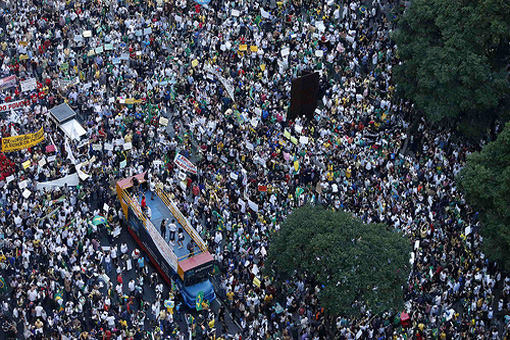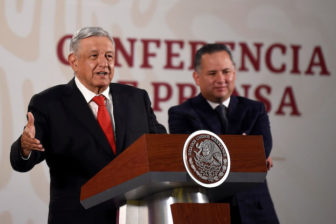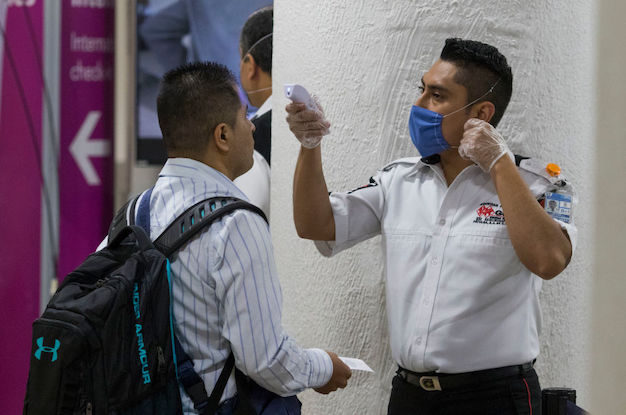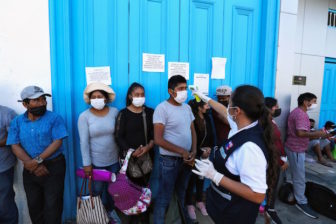In what has been deemed Brazil’s largest political mobilization in over two decades, protesters took to the country’s streets during the last several weeks to demonstrate deep dissatisfaction with the billions of public dollars being spent on World Cup preparations and a growing rejection of the country’s endemically corrupt political system. While protests initially focused on rising transportation costs caused by spiraling inflation and a quickly devaluing currency, they soon encompassed a wider range of issues.
Grassroots organizers expanded efforts to smaller cities—located far from major metropolises such as Rio de Janeiro and São Paulo—and increased their demands for improved public services and political transparency. The country’s leaders appeared perplexed when protestors announced that they would continue their efforts despite minor accommodations ceded to them by President Rousseff’s praise for democracy and a slight reduction in public transportation fares made in select cities.
Research by the respected Datafolha institute on the demographic makeup of protesters in São Paulo showed that, despite the movement’s decentralization, activists there largely agreed on which issues they considered most important. Among the protesters, 56 percent were demonstrating against public transport fare increases, 40 percent against corruption, and 31 percent against violence and repression. Most of them were identified as white, middle-class intellectuals, who boast unprecedented access to higher education and, as a result, expect higher wages and more and better quality job opportunities.
Nevertheless, with popular support, protests are expected to continue to grow. For example, 77 percent of São Paulo residents now say they support the demonstrations, compared with only 55 percent who did when the demonstrations first began a few weeks ago. Protesters acknowledge that they must intensify efforts to engage participants who reflect Brazil’s vast socioeconomic and racial diversity. Many are optimistic that they have already begun to do so.
Lucas Silveira Sório—a university student who participated in peaceful protests in Vitória, Espírito Santo this week, where he reported suffering from police attacks including tear gas sprays and rubber bullet shootings—spoke of his joy as bystanders and homeless onlookers joined the marching crowds. “As we walked, we continued to call upon the population to join us by chanting phrases like ‘Come to the streets’ or ‘Hey you, over there, you are being exploited too.’ Popular participation is the most important thing, primarily coming from those who are most affected by social inequality.”
Despite the movement’s growing force, international observers have cautioned outsiders against labeling the movement a “Tropical Spring,” noting its strong differences from popular uprisings across the Middle East and North Africa. These claims are valid in that, despite a select number of radical factions, most Brazilians are not seeking to overthrow their government, nor are they being pushed into despair by a looming economic crisis. Instead, an array of perceived social injustices have mobilized protesters and will undoubtedly continue to drive their efforts.
Luiz Belarmino Reis, a student activist who joined 10,000 others in a demonstration outside the National Congress in Brasília last week, gave an overview of some of the issues that led his decision to join the protests. He emphasized that “corruption, public spending on World Cup preparations, deteriorating public health and education services, and even legislation under consideration by the National Congress” were some of his top concerns.
Congress debated two controversial bills last week, each symbolic of the profound disconnect many Brazilians perceive between themselves and their elected officials. The first was constitutional amendment PEC 37, designed to limit public prosecutors’ ability to investigate crimes, instead granting sole responsibility to the country’s police. The second—part of an increasing flow of legislation targeting minority rights—was the popularly deemed “gay cure” law—a bill intended to overturn existing restrictions on sexual conversion therapies. Last week, religious fundamentalist members of the Chamber of Deputies’ Comissão de Direitos Humanos e Minorias (Committee on Human Rights and Minorities—CDHM) approved this second bill. On June 25, PEC 37 was voted down.
Frustration has also grown over the poor quality of public health and education services. Despite the country’s rapid economic ascension—it now straddles sixth and seventh place, respectively, along with the United Kingdom, in world GDP rankings in these indicators. Yet, it ranks a bleak 85th on the 2013 human development index rating.
Another concern is health care. Earlier this year, a YouTube video of a doctor working at an emergency public health clinic in Rio de Janeiro, who exclaimed, “the health care system is done with, the patients are dying,” quickly resonated with dissatisfied citizens. The Brazilian constitution defines health care as a right, yet patients face lengthy wait times, underfunded hospitals and clinics, and varying degrees of service. Access to health care is far worse for low-income communities, women, Afro-descendants, and Indigenous people.
Education is another contentious issue for a growing middle class that demands greater public investment and improved teaching standards. Brazilian universities rank poorly when compared with their wealthy counterparts around the world, and only 17 percent of Brazilians between ages 18 and 24 are currently enrolled in post-secondary education. A federal affirmative action law was passed last year to increase racial and socioeconomic diversity in public universities, yet considerable disparities remain, with 19.2 percent of whites enrolled in university but only 6.3 percent of Afro-Brazilians.
Despite the tremendous obstacles they face, organizers successfully mobilized an estimated 2 million people—or 1 percent of the country’s citizens—in places as remote as the Amazonian city of Rio Branco, and as familiar as the world-famous Avenida Paulista in Sao Paulo. While a select number of violent protesters caused clashes, officials have continuously praised the overwhelmingly peaceful and democratic nature of demonstrations.
Most importantly, their efforts have fomented a necessary public debate on the state of the Brazilian political system, which has not faced such vast scrutiny since the country’s transition from repressive military rule to democracy in the late 1980s. President Rousseff acknowledged the movement’s significance this Monday, when she convened activists, mayors and governors from across the country to announce a series of proposed political reforms and major new investments in public transportation, health care and education. The weeks and months that follow will be crucial in determining the viability of such reforms, as well as the extent to which they will offer meaningful change to the Brazilian public.








